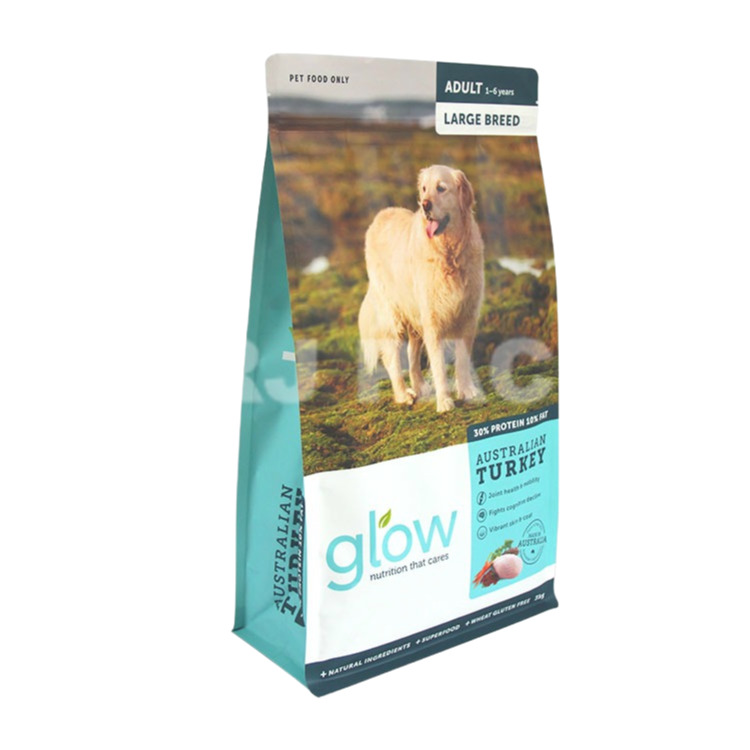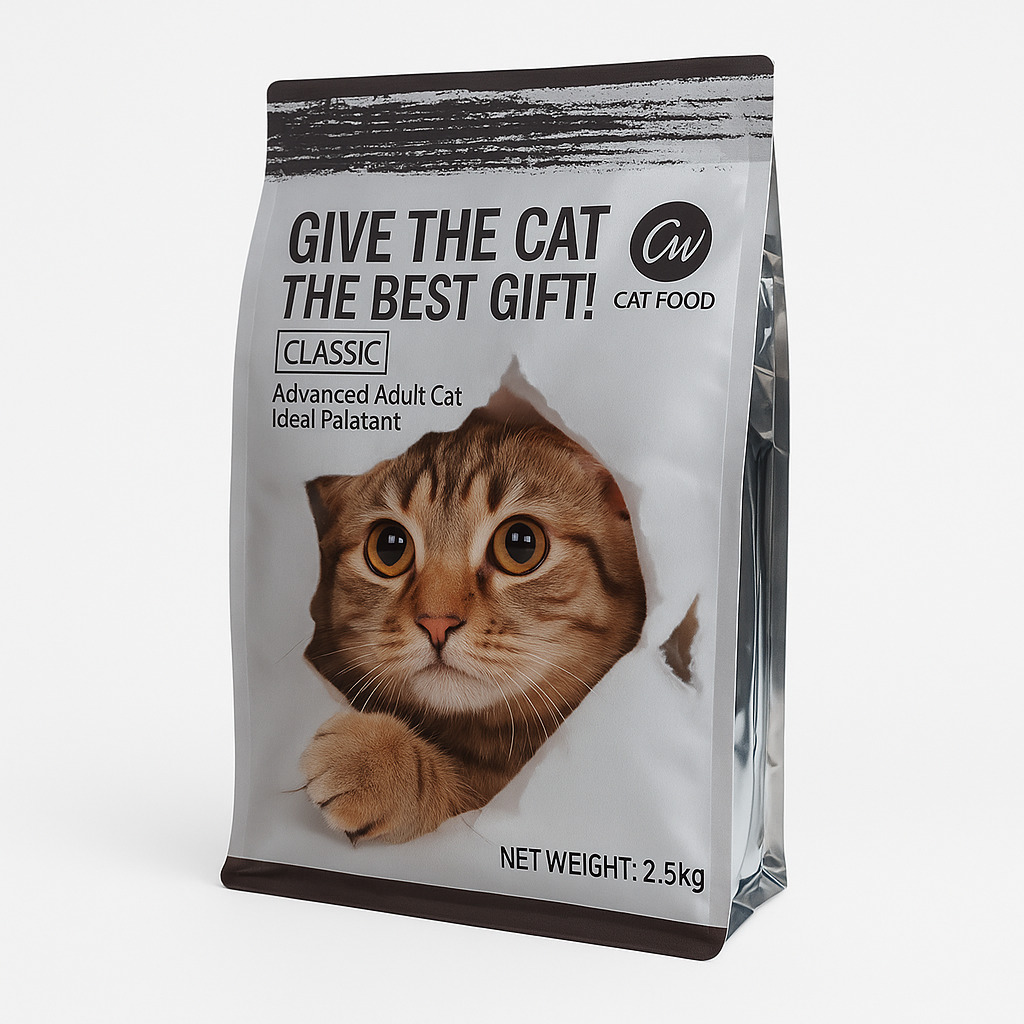Larger And Better: New Developments In Large Pet Food Packaging
2025-05-21

Pet food packaging bag manufacturers face particular difficulties when it comes to packaging large-format pet food. Strong materials that can endure handling, storage, and transportation stresses without compromising product integrity are needed for larger bags and containers. Additionally, the packaging industry has made sustainability a top priority, spurring innovation in eco-friendly pet food packaging materials that maintain functionality and durability. The industry is always changing to make sure that large-format packaging is effective and sustainable without sacrificing performance, from recyclable options to cutting-edge packaging technology.
“Generally, the main difference between large and small pet food pouches comes down to the key requirements for packaging functionality,” said Jacob Reinke, marketing manager, Amcor Flexibles North America, Deerfield, Ill. To prevent skidding on conveyors during the filling process and during the palletization of filled bags, the large pet food pouches must have the proper Coefficient of Friction (COF). To prevent packing failures at retail, the large packaging bag constructions must also be sturdy enough to endure drop-testing at customer-specified heights.
Pet food packaging bag manufacturers struggle to keep heavier bags intact during transit while yet trying to guarantee operation. To avoid problems like tearing, this calls for sturdy pet food packaging materials and designs. The need to integrate sustainable solutions without compromising performance is also becoming more and more pressing.
“One of the main challenges in large-format pet food packaging is ensuring the structural integrity of heavier bags,” said Erin Larson, senior director of product development, TC Transcontinental Packaging, Montréal. RJ PACK use sturdy materials and reinforced designs to prevent tearing or bursting during handling and transportation because larger packages need to withstand more weight. For us, sustainability is also very important. We're always looking for environmentally friendly pet food packaging materials that use less material without sacrificing durability or effectiveness.
Verified packing materials

When choosing packaging materials for large-format pet food, sustainability, usefulness, and durability must be carefully considered. Multi-layer laminated films have historically been preferred due to their durability and protection, but more recent, environmentally friendly substitutes are beginning to appear.
Multi-layer laminated films have proven to be quite successful because of their superior barrier qualities and ability to withstand tearing and punctures. Additionally, they enable consumer-friendly features like resealable zippers and high-quality printing, which improve user ease and brand visibility. Mono-material polyethylene (PE) bags have recently become a viable substitute for plastic bags. They deal with issues of recyclability. Our cooperative approach guarantees that we suggest materials that improve each client's freshness, durability, sustainability, and cost-effectiveness to provide customers with perfect single material packaging solutions.
Keep functionality and sustainability in check
Pet food pouch has made sustainability a top priority, but it's still difficult to strike a balance between environmentally friendly pet food packaging materials and the performance required for huge forms.
The shift away from conventional multi-layer choices like OPET and toward recyclable materials like Oriented Polyethylene (OPE) is one area that is receiving a lot of attention. This change preserves the functionality required for large-format packaging while addressing concerns about recyclability.
For some pet food packaging bag manufacturers, utilizing a mix of recyclable and recycled materials is necessary to achieve both sustainability and performance. Given the increased demands on material strength and durability in large-format pet food pouch, this is especially crucial.
New developments and prospects
Innovations in materials are propelling developments in the pet food bag sector as it continues to develop, meeting the growing needs for performance and sustainability. To tackle upcoming difficulties, manufacturers are concentrating on recyclable pet food packaging solutions, minimizing their influence on the environment, and improving operating efficiency.
These solutions include products that are recyclable and made to offer environmentally friendly choices for large-format pet food bag.
“The latest developments are around recycle-ready PE offerings,” Reinke said. “Amcor has developed offerings for small treat pouches and large-format pet food pouches within our AmPrima® portfolio. Sustainability has been the center of innovation. The market has acknowledged that these formats require environmentally friendly pet food packaging options. Pet food consumers are the main force behind this, since they desire more sustainable products as well as packaging that keeps the product safe.
Conclusion
As businesses move away from plastic, choosing the right eco-friendly alternative is essential to maintaining both functionality and brand identity. With growing consumer demand for sustainability, pet food brand must embrace creative and environmentally responsible pet food packaging solutions that enhance their offerings without compromising on quality.
RJ PACK provides the perfect balance of sustainability, durability, and branding. With customizable options, wholesale pricing, and eco-friendly certifications, our high-quality pet food pouches help pet food brands make a positive environmental impact while reinforcing their brand identity. Visit RJPACK today to explore our sustainable pet food packaging solutions and take your business to the next level.






